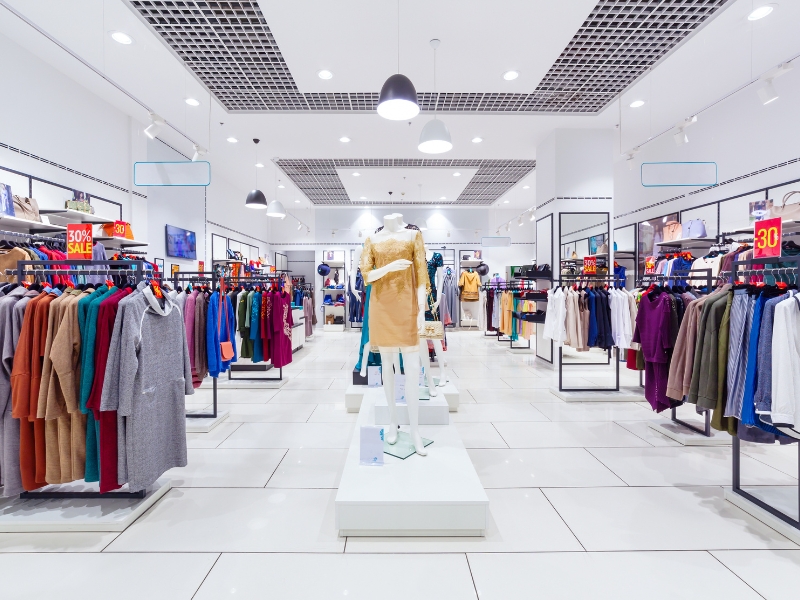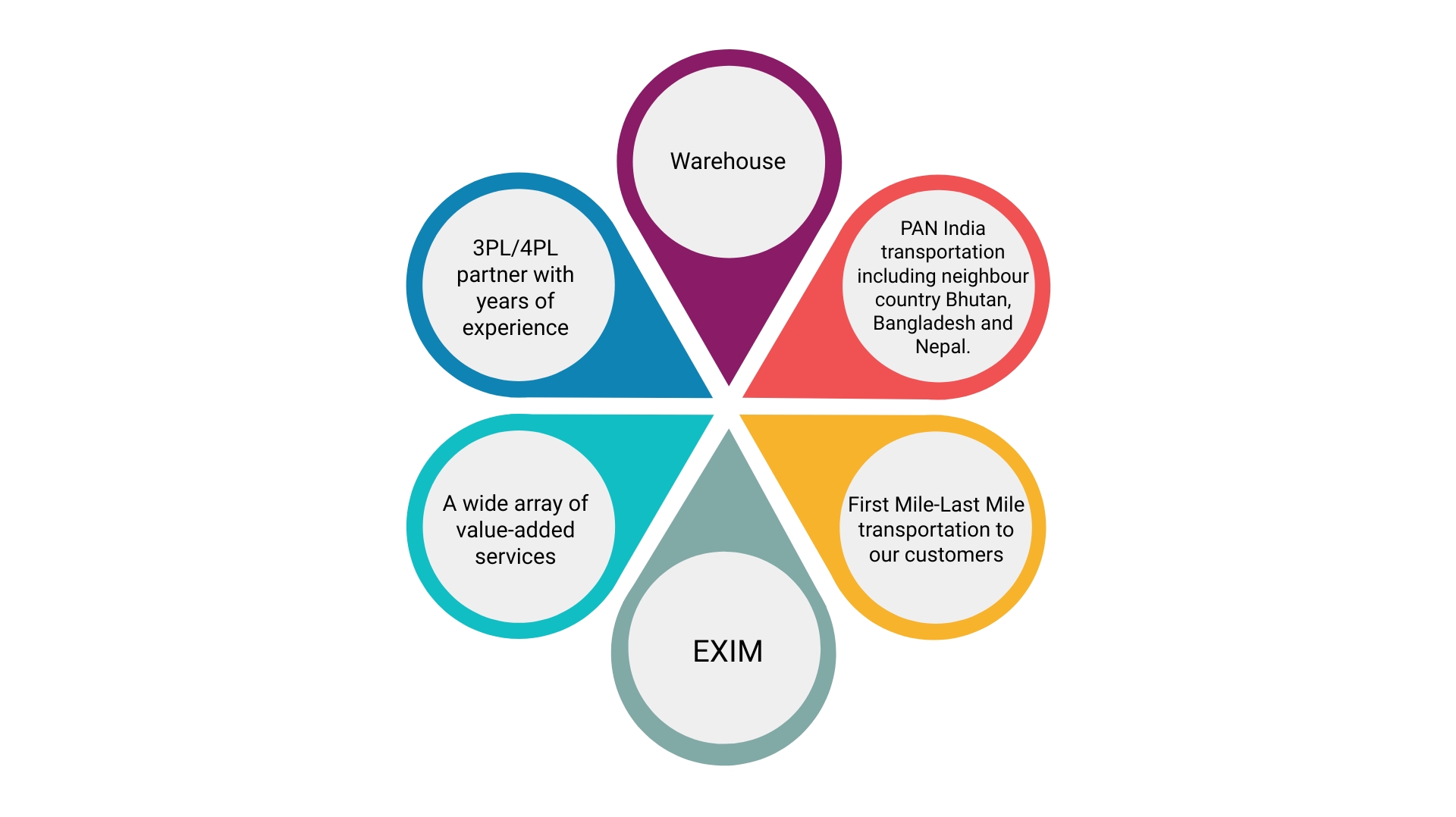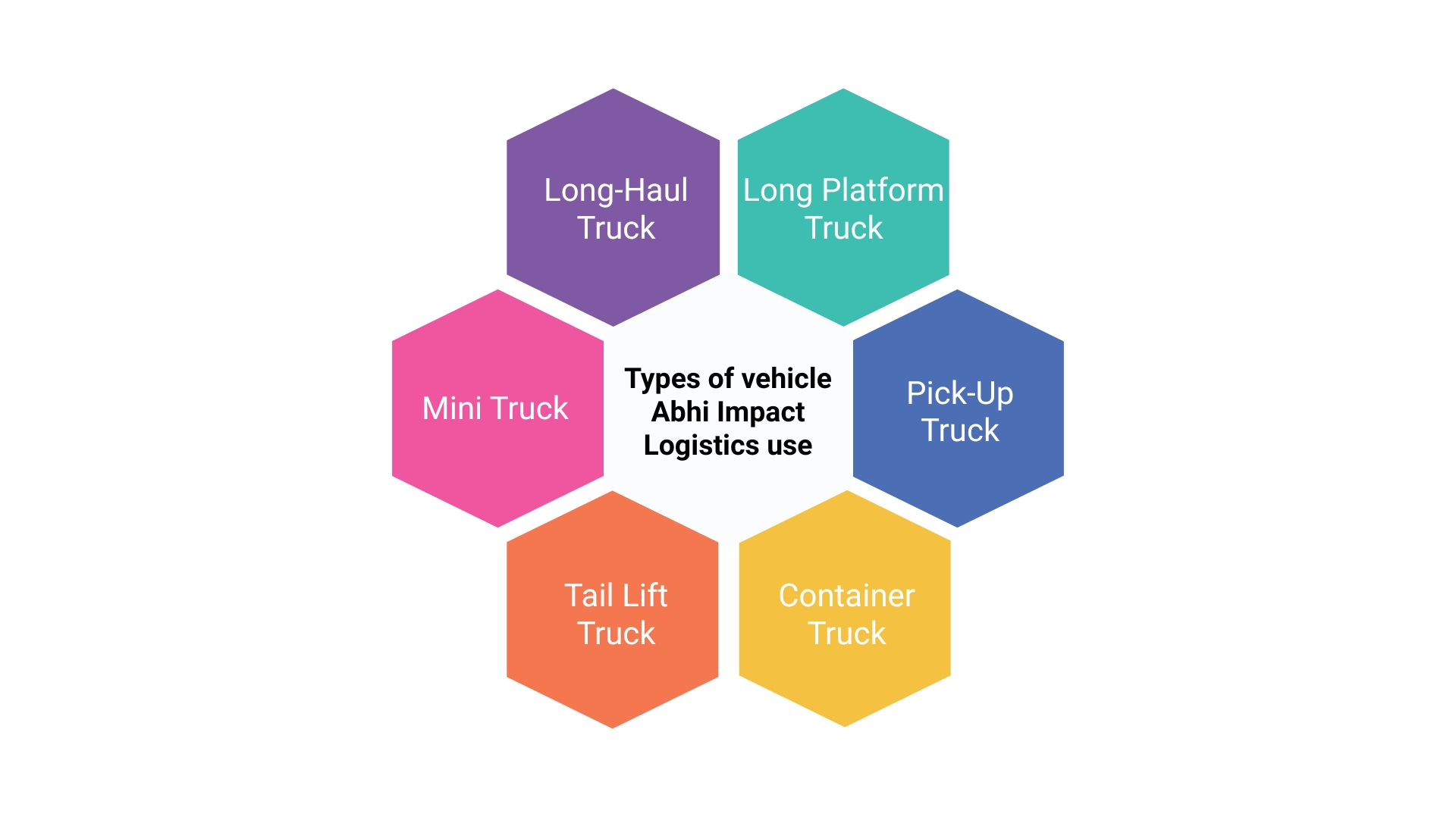Fashion includes body proportions, accessories, lifestyle, footwear, makeup, and hairstyles. Items worn on the body are collectively referred to as clothing. Traditionally, clothing is composed of textiles or fabrics, but over time, clothing has also been created from animal skin or other thin sheets of materials. Clothing is a characteristic of all human societies and is mostly unique to humans.
Gender, body type, societal factors, and geographic location all influence how much and what kind of clothes is worn. These factors have shaped the evolution and diversity of clothing choices across cultures and eras.
Fashion logistics poses intriguing logistical issues since it necessitates the ideal fusion of local distribution networks and worldwide shipping. Precise and thorough stock control with a variety of sizes and colors is also a significant aspect of fashion logistics.
From high-volume processes to jobs requiring the utmost accuracy, the fashion industry demands tailored logistical solutions to meet its dynamic and complex requirements.





